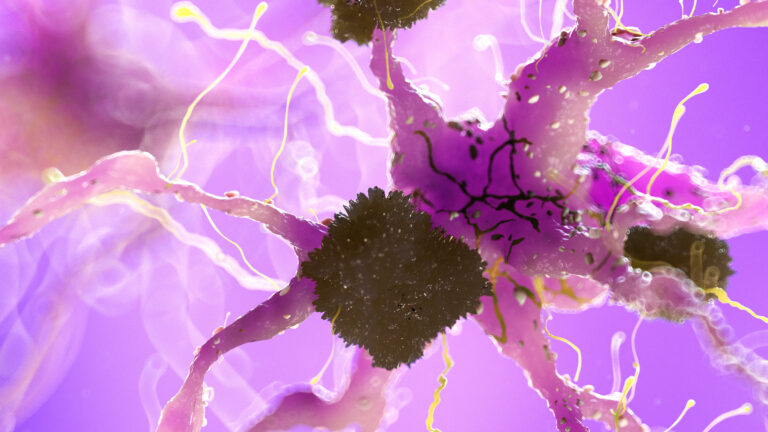Magnetic Resonance Imaging (MRI) can indeed detect oxygen levels in the brain, but it does so indirectly rather than measuring oxygen concentration directly. The key to this capability lies in a specialized form of MRI called functional MRI (fMRI), which exploits the differences in magnetic properties between oxygenated and deoxygenated blood to infer brain oxygenation and activity.
At the core of this process is the blood oxygen level-dependent (BOLD) signal. Hemoglobin, the molecule in red blood cells that carries oxygen, changes its magnetic properties depending on whether it is bound to oxygen (oxyhemoglobin) or not (deoxyhemoglobin). Oxyhemoglobin is diamagnetic, meaning it has little effect on the magnetic field, while deoxyhemoglobin is paramagnetic and distorts the local magnetic field. These differences affect the MRI signal in a way that can be detected and mapped.
When a particular brain region becomes more active, neurons consume more oxygen. The body responds by increasing blood flow to that area, delivering more oxygenated blood than is immediately needed. This leads to a relative decrease in deoxyhemoglobin concentration locally, which causes an increase in the MRI signal detected by BOLD fMRI. By tracking these signal changes over time, fMRI can map brain activity and indirectly monitor oxygenation dynamics.
This method does not measure oxygen levels in the brain tissue itself but rather the balance between oxyhemoglobin and deoxyhemoglobin in the blood vessels, which serves as a proxy for oxygen availability and metabolic activity. The spatial and temporal resolution of BOLD fMRI allows researchers and clinicians to observe dynamic fluctuations in oxygenation related to neural activity, cognitive tasks, or resting states.
Beyond task-based studies, resting-state fMRI uses the same BOLD principles to assess spontaneous brain activity and connectivity by monitoring oxygenation changes without external stimuli. This has expanded understanding of brain function and dysfunction in various neurological conditions.
Advanced MRI techniques at higher magnetic field strengths, such as 7 Tesla scanners, improve sensitivity to these oxygenation changes, enabling more precise mapping of small vessel function and microvascular oxygen dynamics. These improvements help in studying diseases that affect brain oxygen delivery and metabolism, such as small vessel disease, stroke, and neurodegenerative disorders.
Other MRI methods can complement BOLD fMRI by measuring cerebral blood flow and volume, providing a fuller picture of brain oxygenation and metabolism. For example, arterial spin labeling (ASL) MRI measures blood flow directly, while susceptibility-weighted imaging (SWI) can visualize venous blood oxygenation more specifically.
In summary, MRI detects brain oxygen levels indirectly through the BOLD effect, which reflects the ratio of oxygenated to deoxygenated hemoglobin in blood vessels. This allows functional imaging of brain activity and oxygen metabolism with high spatial and temporal resolution, making MRI a powerful tool for neuroscience research and clinical diagnosis related to brain oxygenation and function.





